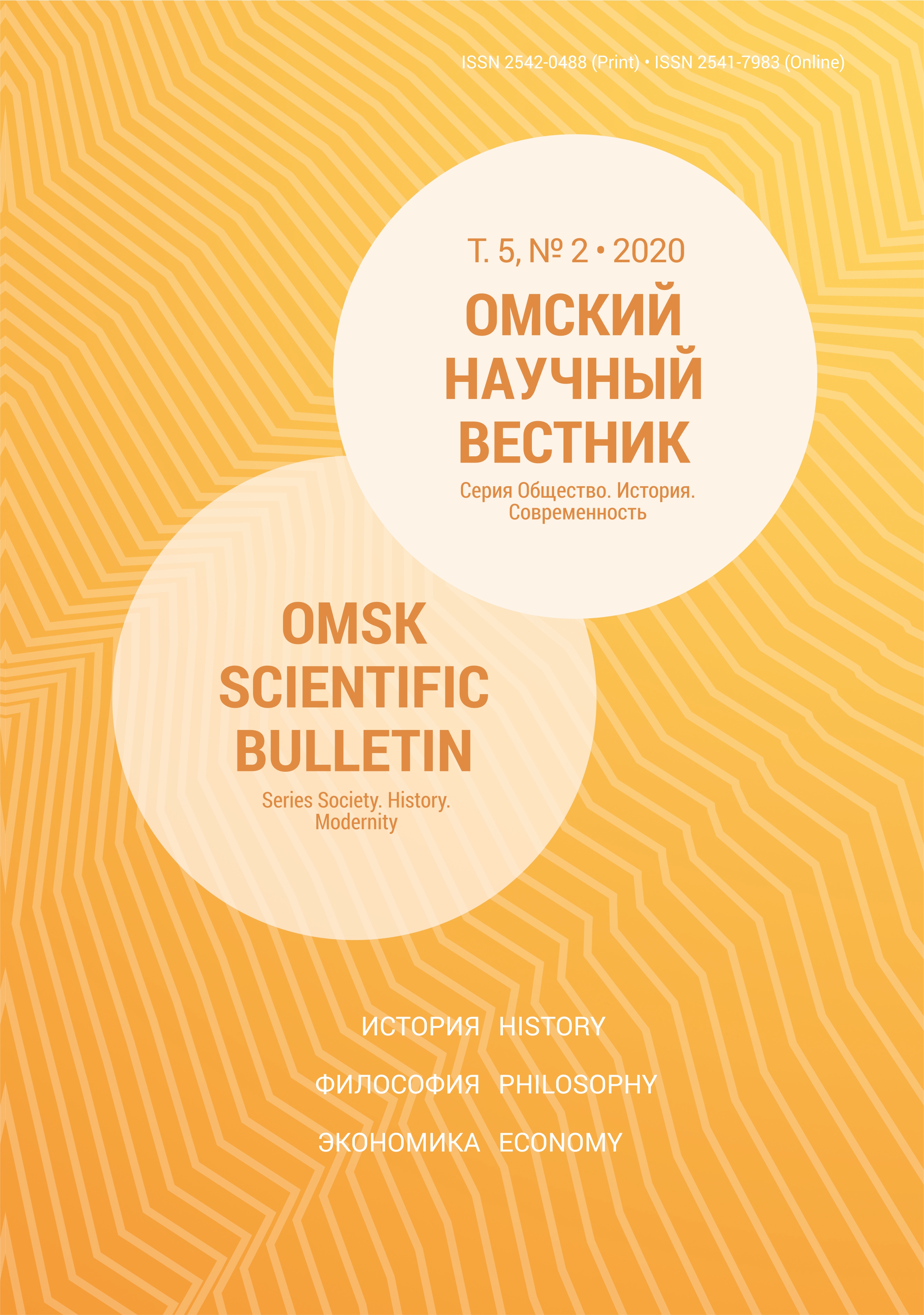Neopragmatism and speculative realism
DOI:
https://doi.org/10.25206/2542-0488-2020-5-2-129-136Keywords:
neopragmatism, speculative realism, Richard Rorty, Quentin Meillassoux, anti-representationalism, contingency, irony, community, social philosophy, utopiaAbstract
The article deals with neopragmatist themes of contingency, irony and solidarity in the context of the contemporary movement
in continental philosophy, speculative realism. Despite the fact that many representatives of this trend have repeatedly spoken
about Richard Rorty exclusively in a critical spirit, their critical strategies, which aspire to overcome representationalism (Rorty)
and correlationism (speculative realism) in philosophy, intersect in many important respects. Thus, Rorty and Meillassoux
approach the concept of contingency that underlies their projects in a similar vein. There is a parallelism between the contingency
of language and its constituent vocabularies in Rorty, on the one hand, and the contingency of world in Meillassoux, on the other.
From the point of view of both philosophers, there is no all-encompassing entity, either within language («meta-vocabulary»)
or within the world («universe of all universes»). At the same time, the realistic argument based on the «ancestrality problem»
(formulated by Meillassoux), which allows us to make judgments about reality as a reality which pre-exists our judgments about it without relying on some form of correlation/representation, is reproduced in a neopragmatist context by Robert Brandom, the follower of Rorty. The texts of speculative realists (Quentin Meillassoux, Graham Harman, Ian Bogost, Ray Brassier) are then analyzed in terms of the concept of irony. At the end of the article the social-philosophical and ethical implications of the projects of Rorty and Meillassoux are considered. The similarity of the utopias built by Rorty and Meillassoux allows us to conclude that Meillassoux’s project is very close in his spirit to liberal ideology.
Downloads
Published
How to Cite
Issue
Section
License
Non-exclusive rights to the article are transferred to the journal in full accordance with the Creative Commons License BY-NC-SA 4.0 «Attribution-NonCommercial-ShareAlike 4.0 Worldwide License (CC BY-NC-SA 4.0»)




